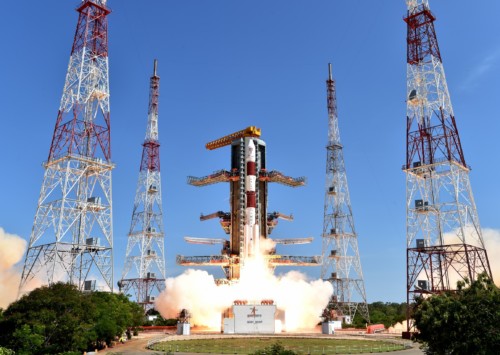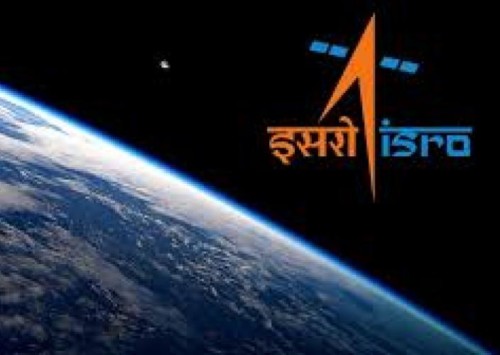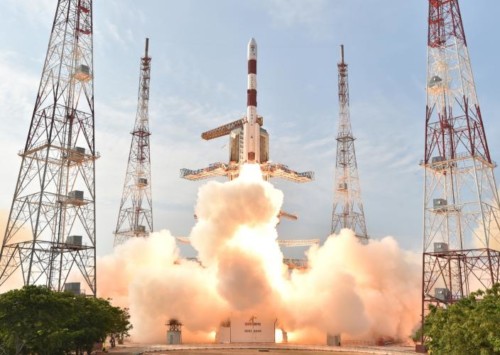ISRO tests engine that lands India among space technology giants
Indian Space Research Organisation (ISRO) successfully tested two ‘scramjet’ engines this weekend, making India the fourth country in the world to showcase the engine technology.
ISRO took its first steps towards developing and setting up future technology by testing scramjet engines this weekend from the Satish Dhawan Space Centre in Sriharikota (an island located in South-Eastern state of Andhra Pradesh, off the Bay of Bengal). Scramjet technology, if used to launch missiles, power satellites or even in a plane, can cut down both travel time and reduce the weight of a rocket. Rocket engines usually are required to carry both fuel and oxidiser on board for combustion, but these new engines called scramjets reportedly use oxygen from the atmosphere thereby reducing the lift-off mass of the vehicle. This technology has the potential to bring down costs considerably in the long term, making access to space more affordable.
The Scramjet engine has been considered to be used to power ISRO’s reusable launch vehicle (RLV) at hypersonic speed, once it is completely developed. The country’s first RLV was launched by ISRO and the recent engine test t turns out to be a positive moment for India earlier this year.
However, the use of scramjet engine in ISRO’s rockets carrying satellites is still not possible. Dr. K Sivan, scientist with ISRO and director of Vikram Sarabhai Space Center, Thiruvananthapuram (capital of the southern Indian state of Kerala), revealed “Engine tested today was burnt only for five seconds. But in a rocket, the engine has to burn for over 1,000 seconds. The speed at which it has to burn would also vary. We have to conduct various tests for that before getting ready an engine that can fly a rocket”
Race to outer space
As ISRO tested the new engines, Chairman A S Kiran Kumar asserted that India became the fourth organisation in the world to have tested such technology, putting it behind the U.S, Russia and European Space Agency.
However, the newfound position that India gained in space technology in the world doesn’t come unchallenged. Neighbouring country to India and growing global power China launched a pioneering communication satellite earlier in August , also joining the big names in space technology in the world. China prepares the launch of another new rocket design and the developments are supposed to be made before the year comes to a close.
The US leads worldwide in its expenditure on space technology, as compared to Russia as well as the European Space Agency or China. India significantly lags behind in expenditure and infrastructure but the innovation of scientists in the country has helped to launch it successfully it into the world of space technology. Greater investment can lead to booming space tech and partnerships with other powers, as it is already the case with the Europeans for instance for earth observation, can help India in realising its potential.














